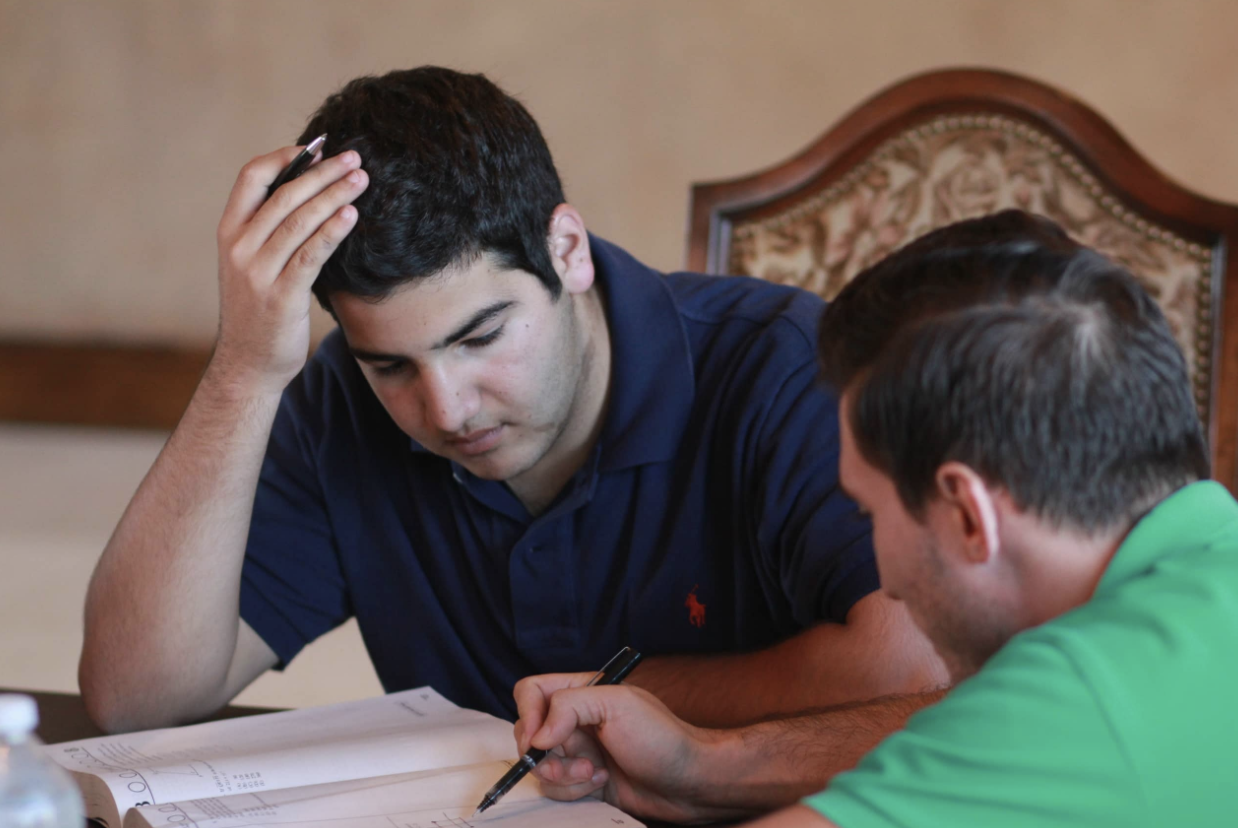ESM Welcomes College MatchPoint to the Team! Learn More

You read that headline right. If your student is planning on taking the AP Spanish Language and Culture test, it is time to start prepping NOW. Whether it’s 1 year away or 4, on a test like this there is no such thing as “starting too early”. Let me be clear, I’m not suggesting that your student crack open a Barron’s AP Spanish book in their freshman year. Rather, what I mean by preparation is a gradual integration of Spanish into a student’s weekly routine.
According to the official College Board website, The AP Spanish Language and Culture course “emphasizes communication (understanding and being understood by others) by applying interpersonal, interpretive, and presentation skills in real-life situations...The AP Spanish Language and Culture course strives not to overemphasize grammatical accuracy at the expense of communication.”
So what does this mean for the test? Essentially, using audio and print, the AP Spanish exam goes beyond testing a student’s comprehension, asking them not only to interpret, make inferences, and form arguments, but also to present their thoughts in a cohesive way, both on paper and orally; combined with the test’s focus on integrating cultural values and practices, the AP Spanish exam is truly a comprehensive test of a student’s ability to use the Spanish language and knowledge of the many cultures that speak it. This is why it is essential to begin preparing for it as soon as a student believes they may take it, simply by regularly reading, writing, speaking and listening to Spanish.
The ability to comprehend and use information in a foreign language to draw conclusions and make arguments, both in speech and essay form, requires many hours of practice and is why practicing Spanish outside of the classroom in real life situations is invaluable.
This can include activities such as:
These are only a few examples, and in reality, any form of integrating Spanish practice into a student’s weekly routine will prove to be beneficial when it comes time to finally take on the behemoth that is this 3 hour exam.